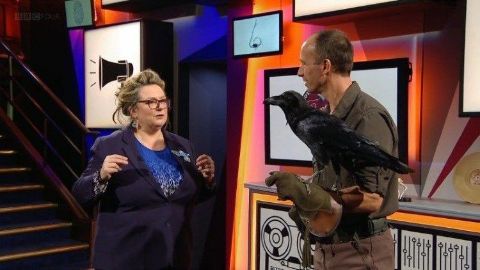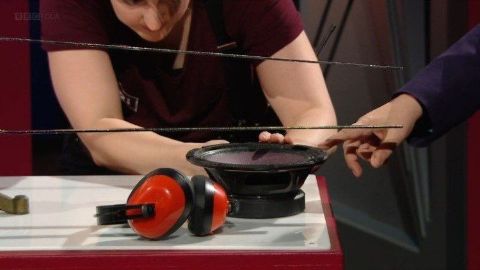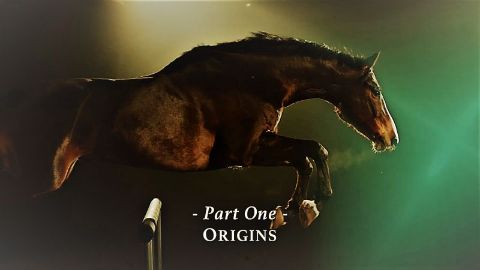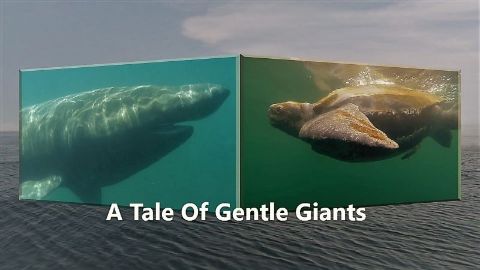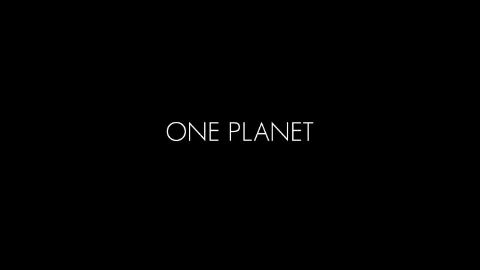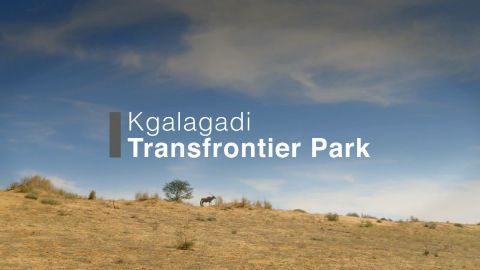Royal Institution Christmas Lectures: The Language of Life • 2017 • 3 episodes •
Sophie is joined in the theatre by chirping crickets, hissing cockroaches and groaning deer to reveal the very different ways that animals have adapted their bodies to send audible messages that are vital to their species. She also explores how and why the human voice evolved to become the most versatile sound producer in the natural world. She demonstrates what sound actually is and how it travels. Unpacking the power behind sound, she uses it to shatter glass and reveal how the human body can resonate in a way that amplifies our voices to send our messages further. She also explores how different species use very different frequencies to communicate and why humans can only hear a fraction of these animal messages. Finally, she investigates why we all have unique vocal prints, and how computers are learning to recognise these.
2017 • Nature
Sophie explores the world of silent communication in the animal kingdom and the human world - showing how much we can actually say without ever opening our mouths or making a noise. She reveals how some species have harnessed bacteria to generate light and how light messages are used by insects and deep-sea fish for a range of reasons, including attracting prey. Exploring how body language communicates huge amounts about us and other species, Professor Scott shows why a dog's wagging tail does not always mean it is happy and how humans can tell a lot about someone's state of mind from their posture alone. She reveals why yawns and smiles are contagious and how this can play a key role in social bonding and cohesion.
2017 • Nature
Sophie looks at one skill in particular that seems to give humans an advantage over all other animals - our superior talent for language. She explores what language really is, and how close other animals come to having it. She considers the world of primates and the theory that some apes may communicate through sign language, and reveals how, even in the womb, humans start to practise making the mouth movements needed for speech. But language isn't just a power to combine words. Professor Scott explores how we convey information through the tone of voice, our accents and the pace and pitch of our speech. But in a world when we regularly talk to computers, she also shows why scientists need to develop machines that can understand the subtleties of our speech. Finally, she looks at language in this digital age and explores the role that emojis play.
2017 • Nature

